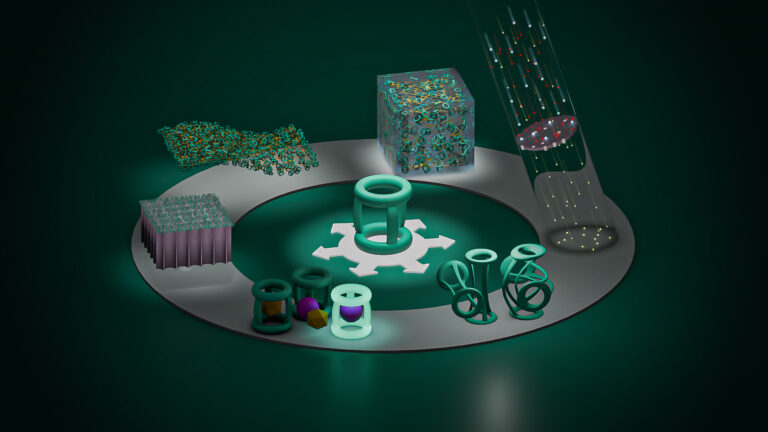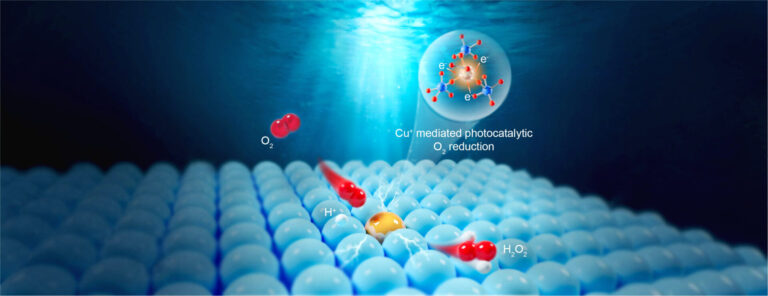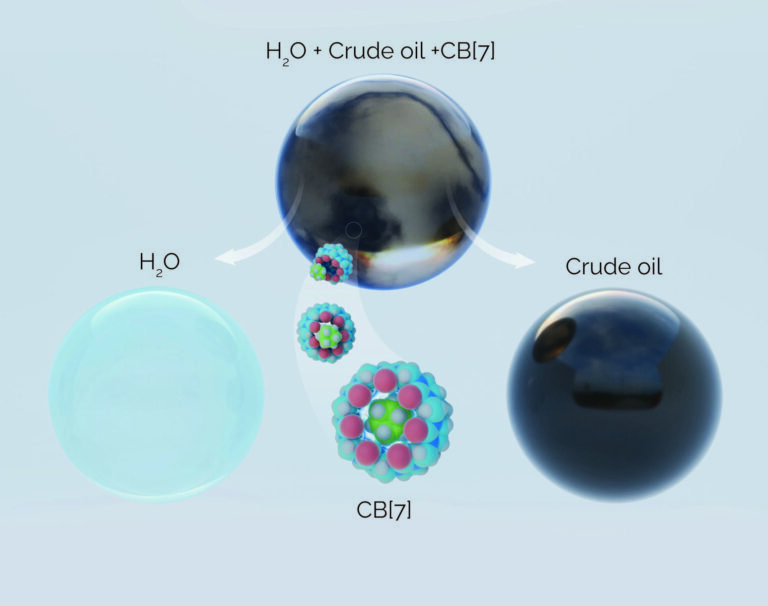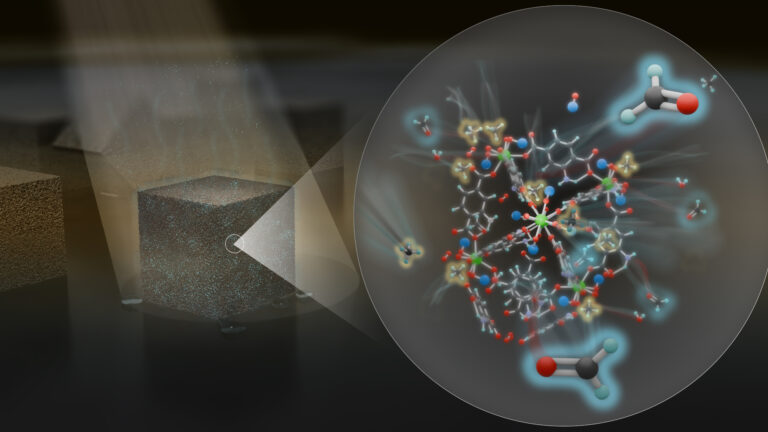Chemistry
Harnessing hot carriers for high efficiency solar cells
Materials that can slow the cooling of highly energetic hot carriers could capture extra energy from the Sun.

Two-dimensional solar materials may offer a way to extract more energy from sunlight. By tuning the structure of a 2D perovskite solar material, researchers from KAUST and the Georgia Institute of Technology have shown they can prolong the lifetime of highly energetic hot carriers generated by light striking the material. The approach could offer a way to capture solar energy more efficiently.
Hybrid organic-inorganic perovskites are attractive solar materials because they are potentially much less expensive to produce than silicon. However, there remain questions over perovskites’ long-term stability.
“As an alternative to 3D hybrid perovskites, 2D hybrid perovskites have improved stability and moisture resistance,” says Jun Yin, a member of Omar Mohammed’s and Osman Bakr’s research groups. However, hot carrier cooling in these materials has not been extensively studied, adds Partha Maity, a postdoctoral fellow on the KAUST team.
Hot carriers form due to the wide range of energies of sunlight, which ranges from low-energy infrared and red light at one end of the spectrum, to violet and ultraviolet at the high-energy end. Solar panels capture energy when incoming light bumps an electron into an excited state, but even red light can excite an electron into a conductive band. Higher energy light can generate super-excited hot carriers, but they shed their extra energy much faster than conventional solar materials can capture them.
Mohammed and the team examined whether changing the organic component of hybrid 2D perovskites could slow hot carrier cooling, enabling all their energy to be captured.
Using ultrafast laser spectroscopy, they examined lead iodide perovskite materials with three different organic components: ethanolamine (EA), aminopropanol (AP) and phenylethylamine (PEA). “Ultrafast spectroscopy is a very powerful and convenient approach to directly track hot carrier relaxation,” Mohammed says. “We can follow their ultrafast dynamics in real time.”
The team saw a significant difference between the three different materials. “We found that the (EA)2PbI4 single crystal underwent a much slower hot carrier cooling process,” Yin says. Aided by molecular dynamics simulations, the team showed that the EA-based structure suppressed a range of mechanisms by which hot carriers usually lose energy to the surrounding perovskite structure.
“Since we learned from this study how to slow the hot carrier dynamics in 2D perovskites, we will now focus on the extraction of these carriers in a real solar cell architecture and on their possible contribution to overall conversion efficiency,” Mohammed says. The team will also examine hot carrier dynamics and extraction in 2D perovskites with different compositions, he adds.
References
- Yin, J., Maity, P., Naphade, R., Cheng, B., He, J.-H., Bakr, O.M., Brédas, J.-L. & Mohammed, O.F. Tuning hot carrier cooling dynamics by dielectric confinement in two-dimensional hybrid perovskite crystals. ACS Nano 13, 12621-12629 (2019).| article
You might also like

Applied Physics
Natural polymer boosts solar cells

Chemistry
Disruptive smart materials flex with real world potential

Chemistry
Catalysts provide the right pathway to green energy

Chemistry
Hollow molecules offer sustainable hydrocarbon separation

Chemistry
Maximizing methane

Chemistry
Beating the dark current for safer X-ray imaging

Chemical Engineering
Net benefits for advanced materials design

Chemical Engineering




